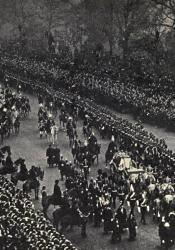Isle of Wight
The Isle of Wight is located in the English Channel, two miles from the coast of Hampshire. In the nineteenth century, the island became a fashionable resort, and notable Victorians who spent time there include Algernon Charles Swinburne, Alfred, Lord Tennyson, and Charles Dickens, who wrote much of David Copperfield there. Osborne House, the summer residence and final home of Queen Victoria, is also located on the island at the northern town of East Cowes.
Parent Map
Coordinates
Latitude: 50.679907702813
Longitude: -1.286251544079
Longitude: -1.286251544079

